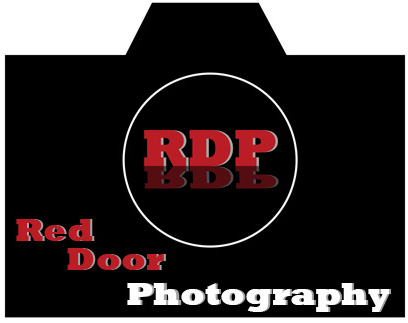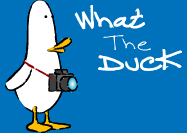Tweet
An interesting question has come up on a web forum that I frequent, and I thought that it warranted enough thought for a whole post. Lots of people want to know what the "essentials" are for someones first DSLR. There are a few things that are essential, and a few that are nice to have. Lets talk about the essentials first.
Memory cards: this may sound ridiculous, but some people don't realize that you get a very small (if any) card with the camera. Card capacity ranges from 128MB to 32gigs. What card you should get really depends on how much you shoot, and how comfortable you feel leaving all of your images on one disk. There are two schools of thought here. The first school of thought is get the biggest card your camera can handle so you don't have to switch cards and possibly miss a shot. The second school of thought is have multiple smaller cards in case something happens to one of the disks, you don't loose all of your photos. Personally I follow the first school. I have had very little trouble out of any of my cards, and I am very careful to not misplace them. Which way you go is up to you, but I recommend having at least two or more cards.
UV filters: Sometimes referred to as "haze filters" this is a clear filter that goes on the end of your lens. It has no real optical value, but these filters can save your lens if you drop it, or if something hits it. It it much cheaper to replace a $60 UV filter than it is to replace, or repair a lens.
Extra Battery: I get roughly 1000 photos out of one battery charge in my D300 if I don't use flash a whole lot. Even with 1000 shots out of a fully charged battery, it is a really good idea to have a spare. You don't want to miss that perfect sunset on vacation because you forgot to charge your battery the night before and you've been shooting all day.
A good bag: You have to have a good place to put your camera when you're not using it. A good bag from Lowepro will hold your camera safely and allow you to carry, and store it without fears of damage.
Lens Cleaning kit: These kits can be had for under $10 from stores like Cord Camera, or adorama.com . These kits include some sort of cleaning solution and a microfiber cloth. It is important to keep your lens free from smudges and dirt.
Lets talk about some of the things that it's nice to have.
Tripod: Tripods are one of those things that you don't have to have every day, but it's really nice to have them when you are shooting in low light. With today's modern cameras, and vibration reduction lenses, tripods aren't as needed as they used to be, but still nice to have. You can spend anywhere from $20 all the way to $2500.00 on tripods. You really should go to your local camera store and hold some in your hand and see which one works best for you.
Battery grips: These are attachments for the bottom of your camera that add an extra battery to help take more photos between battery changes. They usually add a vertical release button that helps a lot when shooting multiple vertical shots. They range anywhere from $80 to $300 depending on your camera model. These are nice to have.
Hot Shoe Flash: This is one of the things that I think is really an essential addition to any camera. A hot shoe mounted flash, or "speed light" will improve your photos by giving you a larger light source for flash, allow you to "bounce" the flash off of a wall or ceiling, and they get the flash source away from the lens almost completely removing red eye. If there is one thing that you add to your gear out of the "nice to have list" this should be it.
That's it for tonight, I'll see you tomorrow for some more in depth information on off camera lighting. Jason
Saturday, December 27, 2008
Subscribe to:
Post Comments (Atom)






No comments:
Post a Comment